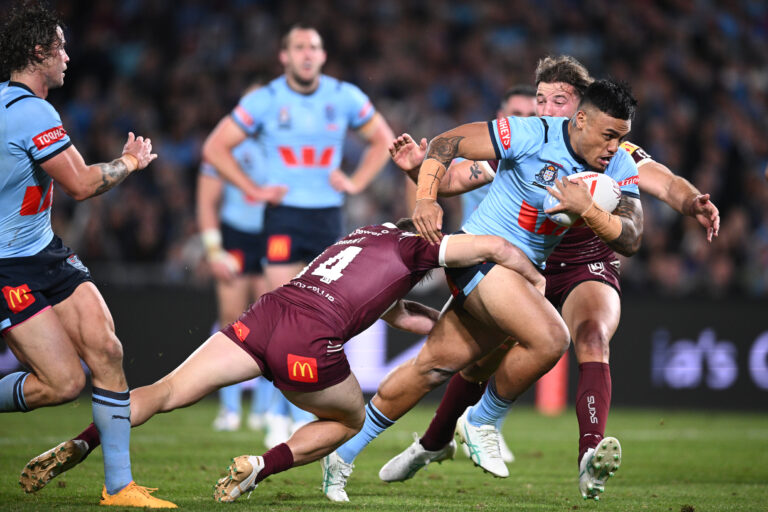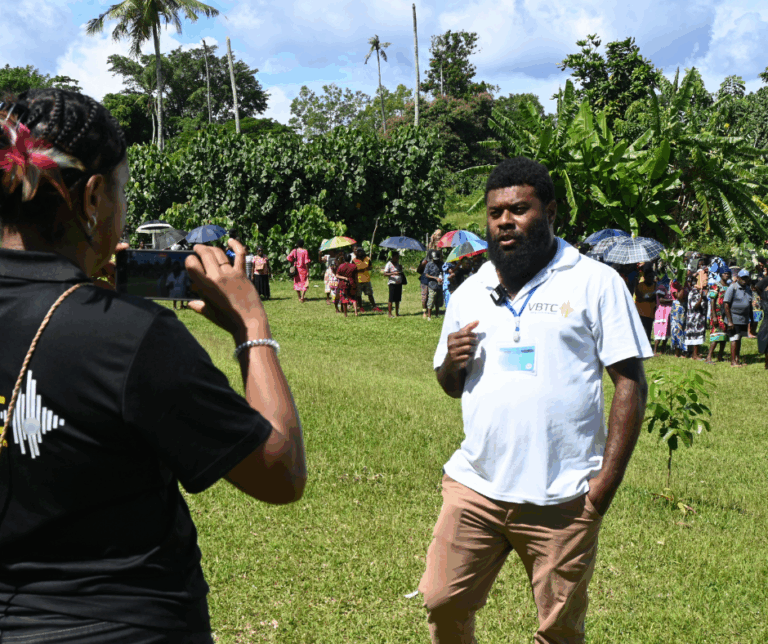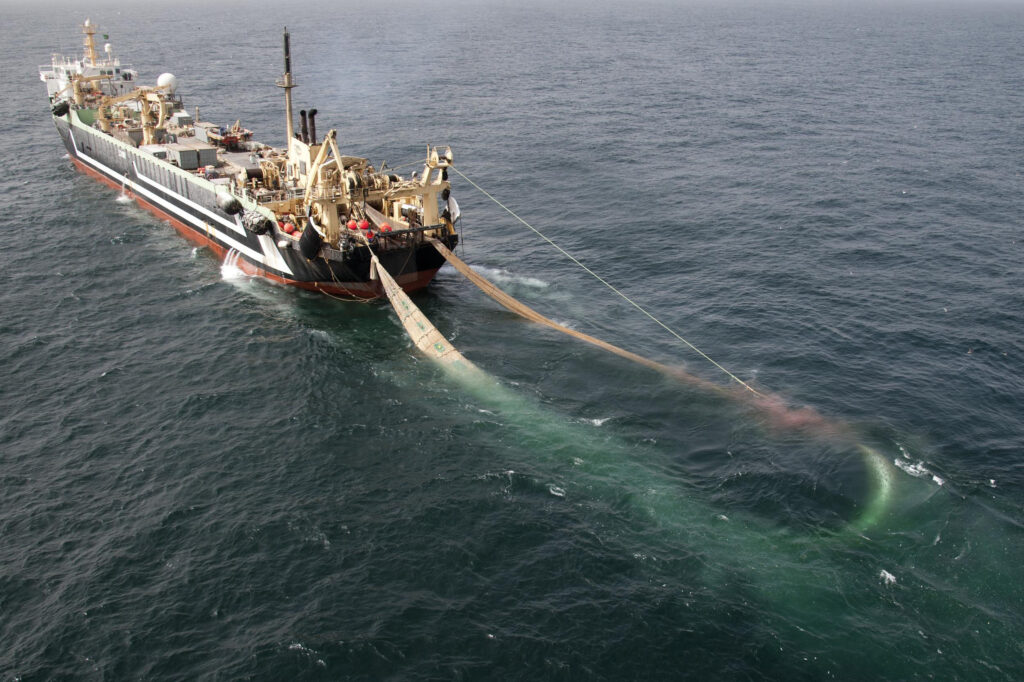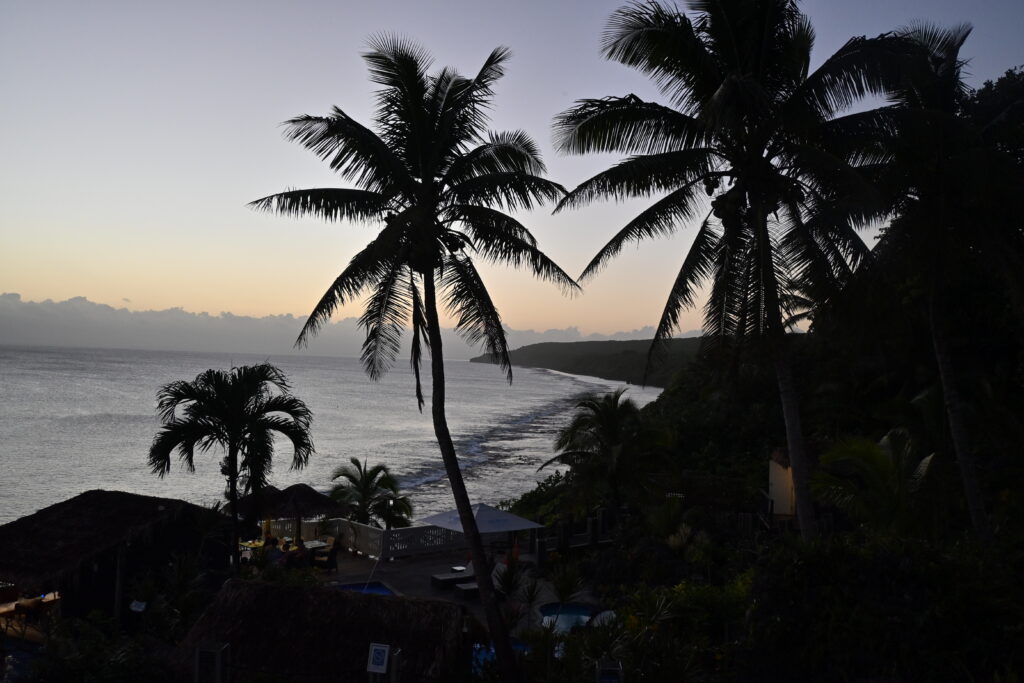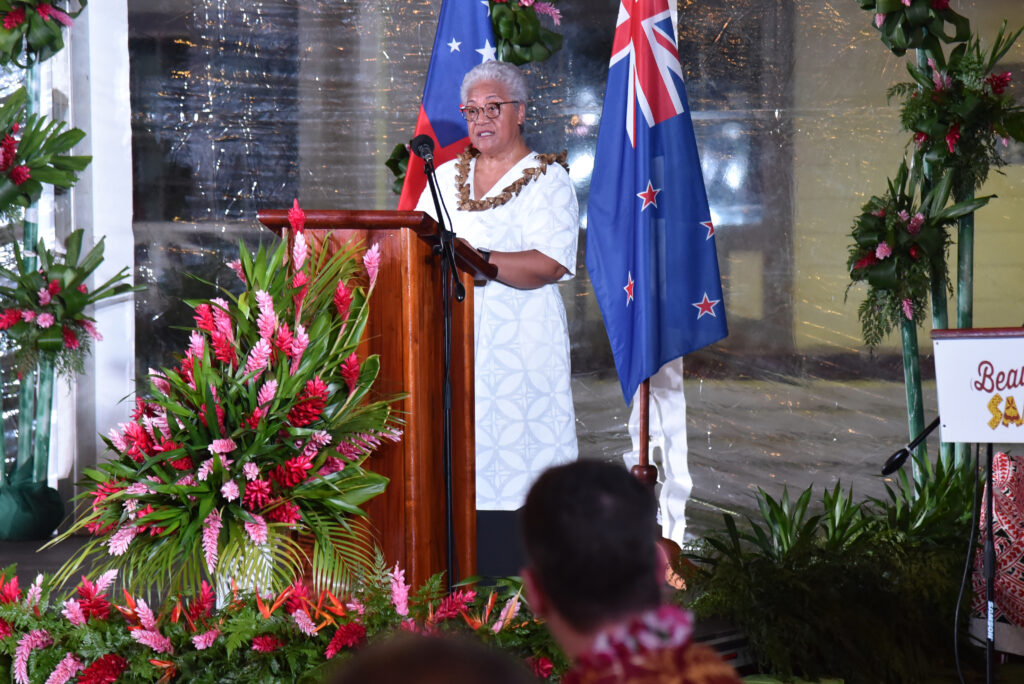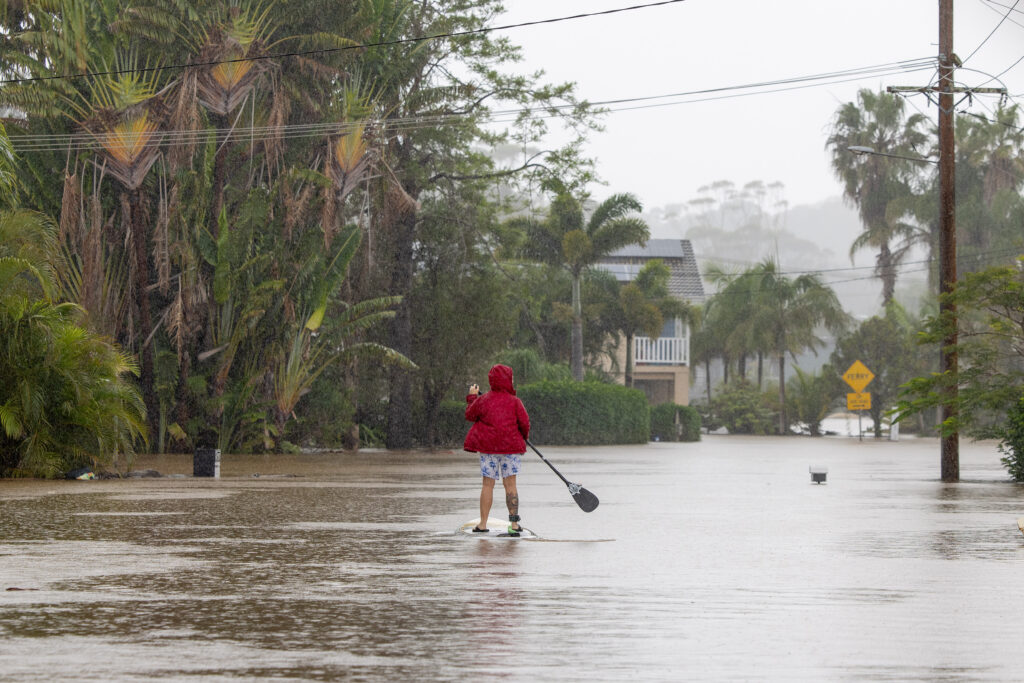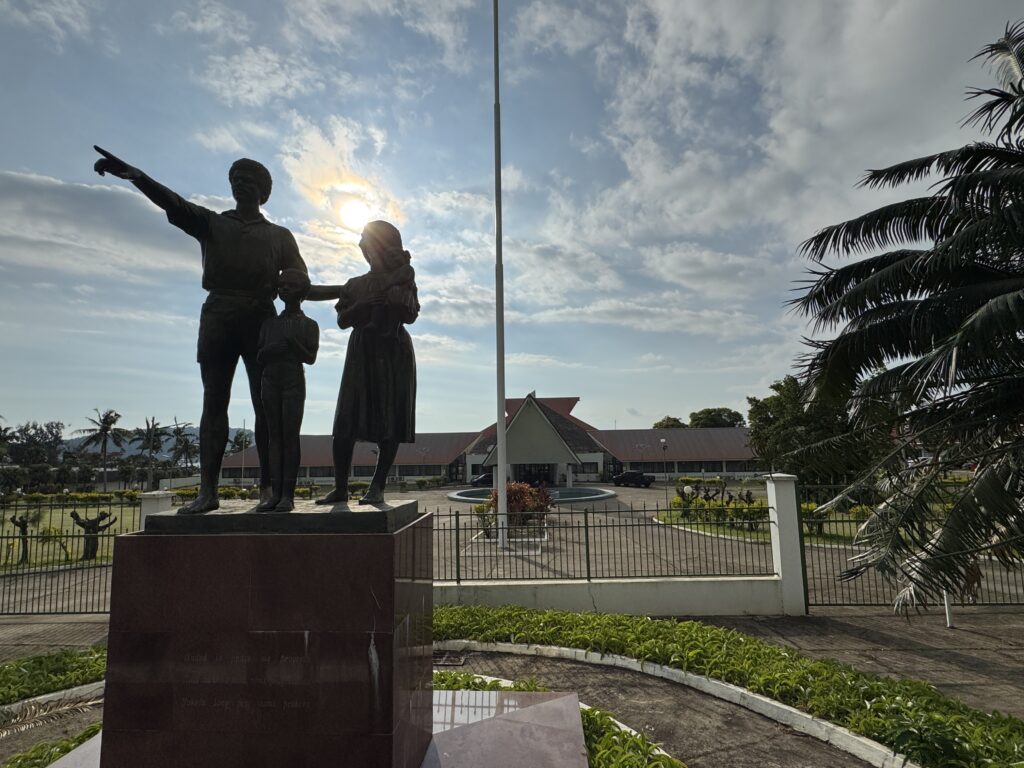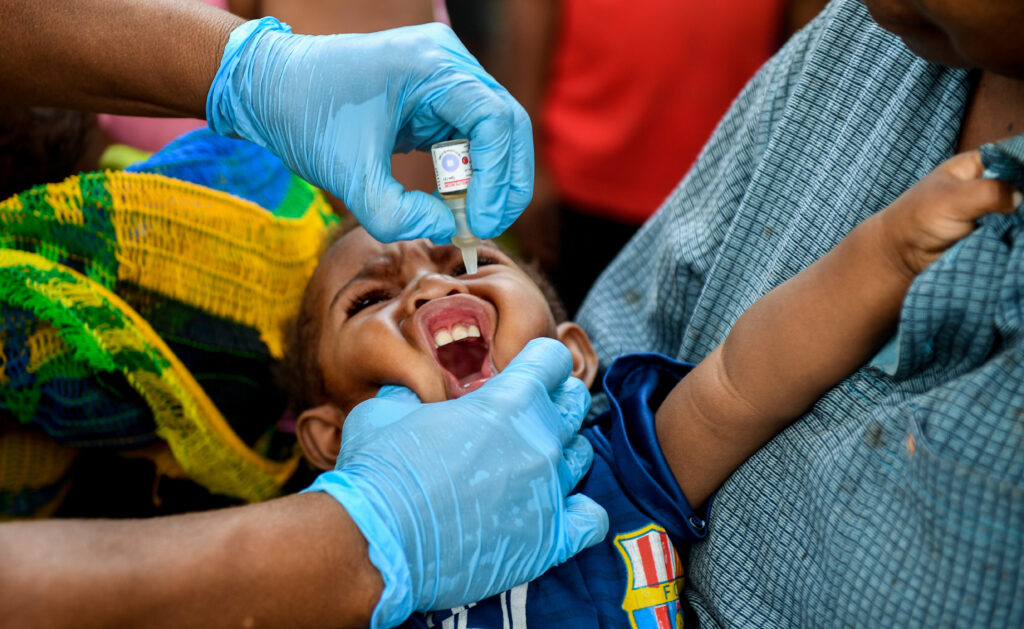Pacific media outlets In-depth Solomons and Inside PNG face existential threats, while Benar News has already gone under, as America withdraws from the region.
America’s retreat from foreign aid is being felt deeply in Pacific media, where pivotal outlets are being shuttered and journalists work unpaid.
The result is fewer investigations into dubiously motivated politicians, glimpses into conflicts otherwise unseen and a less diverse media in a region which desperately needs it.
“It is a huge disappointment … a senseless waste,” Benar News’ Australian head of Pacific news, Stefan Armbruster, told AAP after seeing his outlet go under.
Benar News, In-depth Solomons and Inside PNG are three digital outlets which enjoyed US support but have been cruelled by President Donald Trump’s about-face on aid.
Benar closed its doors in April after an executive order disestablishing Voice of America, which the United States created during World War II to combat Nazi propaganda.
An offshoot of Radio Free Asia (RFA) focused on Southeast Asia and the Pacific, Benar kept a close eye on abuses in West Papua, massacres and gender-based violence in Papua New Guinea and more.
The Pacific arm quickly became indispensable to many, with a team of reporters and freelancers working in 15 countries on a budget under $A1 million.
“Our coverage of decolonisation in the Pacific received huge interest, as did our coverage of the lack women’s representation in parliaments, human rights, media freedom, deep sea mining and more,” Mr Armbruster said.
In-depth Solomons, a Honiara-based digital outlet, is another facing an existential threat despite a proud record of investigative and award-winning reporting.
Last week, it was honoured with a peer-nominated award from the Foreign Correspondents’ Club of Japan for a year-long probe into former prime minister Manasseh Sogavare’s property holdings.
“We’re just holding on,” editor and co-founder Ofani Eremae told AAP.
A US-centred think tank continues to pay the wage of one journalist, while others haven’t drawn a salary since January.
“It has had an impact on our operations. We used to travel out to do stories across the provinces. That has not been done since early this year,” Mr Eremae said.
A private donor came forward after learning of the cuts with a one-off grant that was used for rent to secure the office, he said.
Its funding shortfall – like Port Moresby-based outlet Inside PNG – is linked to USAID, the world’s biggest single funder of development assistance, until Mr Trump axed its multi-billion dollar budget.
Much of USAID’s funding was spent on humanitarian causes – such as vaccines, clean water supplies and food security – but some was also earmarked for media in developing nations, with the aim of bolstering fragile democracies.
Inside PNG used its support to build an audience of tens of thousands with incisive reports on PNG politics: not just Port Moresby, but in the regions including wantaway province Bougainville that has a long history of conflict.
“The current lack of funding has unfortunately had a dual impact, affecting both our dedicated staff, whom we’re currently unable to pay, and our day-to-day operations,” Inside PNG managing director Kila Wani, told AAP.
“We’ve had to let off 80 per cent of staff from payroll which is a big hit because we’re not a very big team.
“Logistically, it’s become challenging to carry out our work as we normally would.”
AAP has confirmed a number of other media entities in the region which have suffered hits, but declined to share their stories.
The funding hits are all the more damaging given the challenges faced by the Pacific, as outlined in the Pacific Islands Media Freedom Index.
The latest report listed a string of challenges, notably weak legal protections for free speech, political interference on editorial independence, and a lack of funding underpinning high-quality media, in the region.
The burning question for these outlets – and their audiences – is do other sources of funding exist to fill the gap?
Inside PNG is refocusing energy on attracting new donors, as is In-depth Solomons, which has also turned to crowdfunding.
The Australian and New Zealand governments have also provided targeted support for the media sector across the region, including ABC International Development (ABCID), which has enjoyed a budget increase from Anthony Albanese’s government.
Inside PNG and In-depth Solomons both receive training and content-focused grants from ABCID, which helps, but doesn’t fund the underpinning costs for a media business or keep on the lights.
Both Mr Eremae, who edited two major newspapers before founding the investigative outlet, and Mr Armbruster, a long-time SBS Correspondent, expressed their dismay at the US pivot away from the Pacific.
“It’s a huge mistake on the part of the US … the world’s leading democracy. The media is one of the pillars of democracy,” Mr Eremae said.
“It is, I believe, in the interests of the US and other democratic countries to give funding to media in countries like the Solomon Islands where we cannot survive due to lack of advertising (budgets).
As a veteran of Pacific reporting, Mr Armbruster said he had witnessed US disinterest in the region contribute to the wider geopolitical struggle for influence.
“The US government was trying to re-establish its presence after vacating the space decades ago. It had promised to re-engage, dedicating funding largely driven by its efforts to counter China, only to now betray those expectations,” he said.
“The US government has senselessly destroyed a highly valued news service in the Pacific. An own goal.”
Written by: Ben McKay (AAP)

